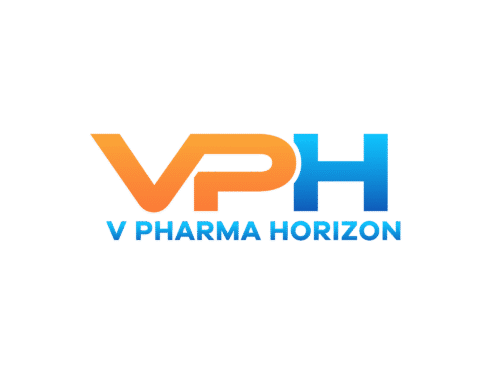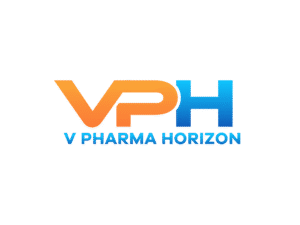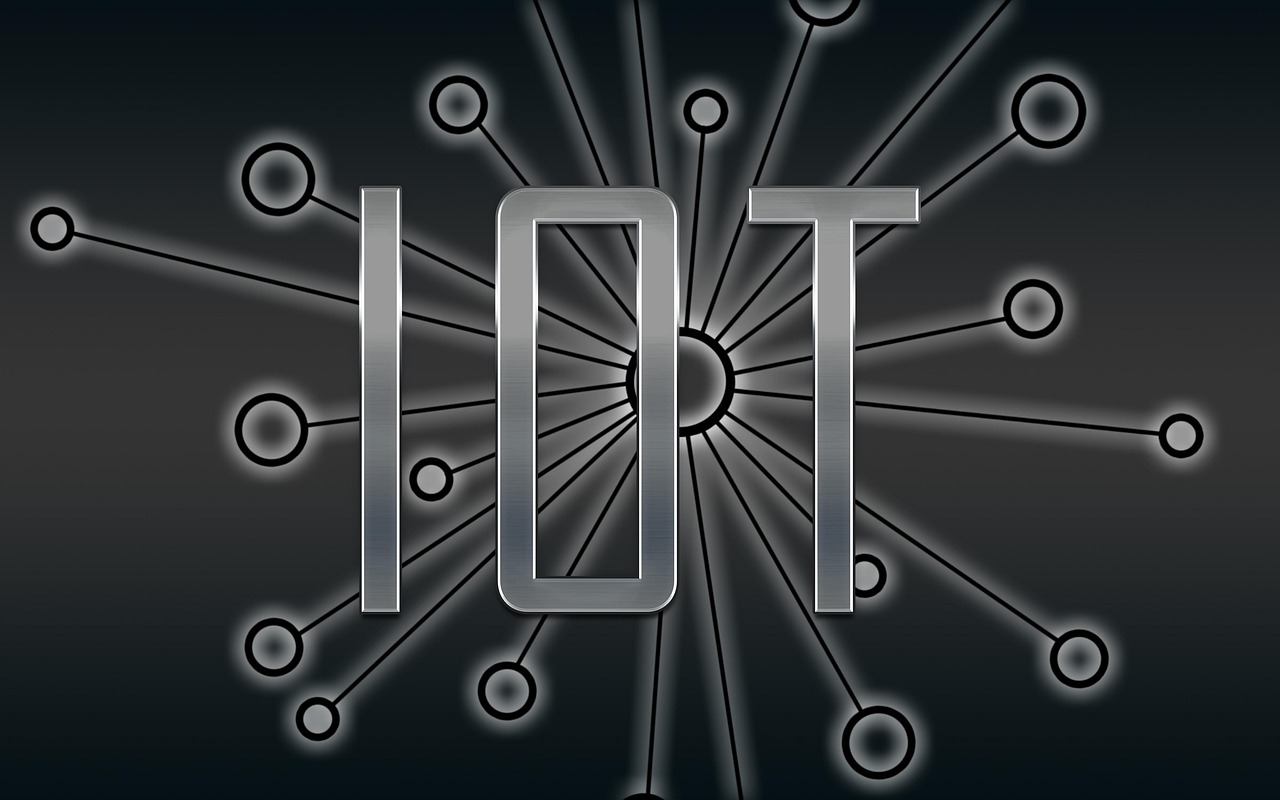Digital Auditing Tools: Streamlining Regulatory Compliance
In the tightly regulated landscape of the life sciences industry, ensuring compliance with global standards such as GxP, FDA 21 CFR Part 11, and ISO certifications is both critical and complex. Manual auditing processes, while

In the tightly regulated landscape of the life sciences industry, ensuring compliance with global standards such as GxP, FDA 21 CFR Part 11, and ISO certifications is both critical and complex. Manual auditing processes, while historically prevalent, are increasingly proving inadequate in the face of growing data volumes, intricate supply chains, and evolving regulations. Enter digital auditing tools—sophisticated platforms powered by artificial intelligence (AI), machine learning (ML), and cloud computing—that are revolutionizing how pharmaceutical and biotech companies manage compliance.
The Rise of Digital Auditing Tools
Digital auditing tools refer to software platforms designed to automate and enhance the audit process by collecting, analyzing, and reporting data from across an organization. These tools not only reduce human error but also improve audit readiness, transparency, and speed. With real-time monitoring, advanced analytics, and centralized dashboards, these solutions provide audit teams and regulators with immediate access to compliance metrics.
As global regulatory bodies push for more rigorous reporting and documentation, the adoption of digital tools has become essential. The COVID-19 pandemic further accelerated this shift by necessitating remote inspections and virtual audits, setting a new precedent for the industry.
Key Features and Functionalities
Modern digital auditing platforms come equipped with a range of capabilities:
- Automated Data Collection: Integration with enterprise systems like ERP, LIMS, and QMS to continuously gather relevant compliance data.
- Real-Time Risk Monitoring: AI-driven anomaly detection and predictive alerts for potential non-conformances or deviations.
- Centralized Documentation: Secure cloud storage that ensures version control, easy retrieval, and audit trail management.
- Customizable Audit Templates: Standardized frameworks for internal audits, supplier audits, and regulatory inspections.
- Collaborative Interfaces: Tools for cross-functional teams to manage corrective and preventive actions (CAPA) and track audit resolution in real time.
Advantages for Regulatory Compliance
- Improved Accuracy and Consistency
Automated tools reduce the inconsistencies often associated with manual processes, ensuring that audit findings are based on standardized criteria. - Enhanced Transparency and Traceability
Comprehensive digital logs and audit trails simplify the verification process for both internal stakeholders and external auditors. - Faster Audit Cycles
With real-time data access and streamlined workflows, organizations can complete audits faster and with greater confidence. - Proactive Compliance Management
Predictive analytics empower compliance teams to identify and address potential issues before they become regulatory violations. - Remote Audit Readiness
Especially relevant post-pandemic, digital platforms support virtual audits and remote access to documentation, enabling uninterrupted regulatory engagements.
Real-World Applications
Pharmaceutical giants are deploying digital auditing tools across manufacturing, clinical research, and distribution operations. For example, companies are leveraging these tools to:
- Monitor cold chain compliance during vaccine transportation.
- Validate electronic batch records in real time.
- Ensure data integrity in clinical trials.
- Conduct remote supplier audits across global locations.
Challenges and Considerations
While the benefits are substantial, digital transformation in auditing requires careful planning:
- Integration Complexity: Seamless data exchange between legacy systems and modern audit platforms can be technically challenging.
- Data Privacy and Security: Handling sensitive patient and operational data requires strict adherence to cybersecurity protocols.
- Change Management: Training teams and updating SOPs to align with digital workflows is essential to ensure smooth adoption.
The Future of Compliance is Digital
As regulatory expectations continue to evolve, digital auditing tools will play an increasingly central role in helping life sciences companies maintain compliance, reduce risk, and drive operational efficiency. The shift from reactive to proactive compliance through intelligent automation represents a critical advancement—not just for audits, but for the broader goals of patient safety and product integrity.
In this new era of digital assurance, companies that embrace innovative auditing technologies will be better equipped to navigate regulatory complexities and sustain competitive advantage.
Image suggestion: A stylized dashboard interface showing compliance metrics, alerts, and audit trails on a tablet being reviewed during a virtual inspection.






